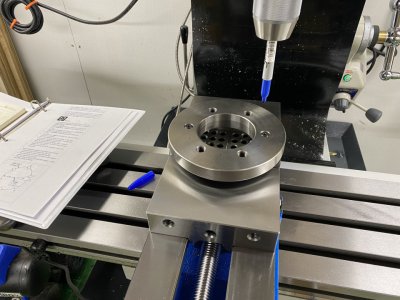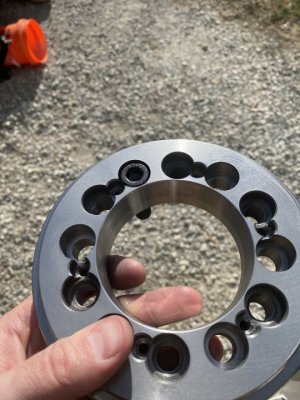- Joined
- Apr 14, 2014
- Messages
- 3,173
If you decide to go with a counterbore keep in mind, there are 2 different sizes for SAE socket head bolts. The "close fit" size is .015" over the size of the head, and the "standard fit" size is .032" oversize. Back in the 1980's I needed a set for a shop I was supervising. At the time I'd never heard of "close fit" counterbores. I don't know if anyone sells them today, but they do come up on eBay every once in a while.




